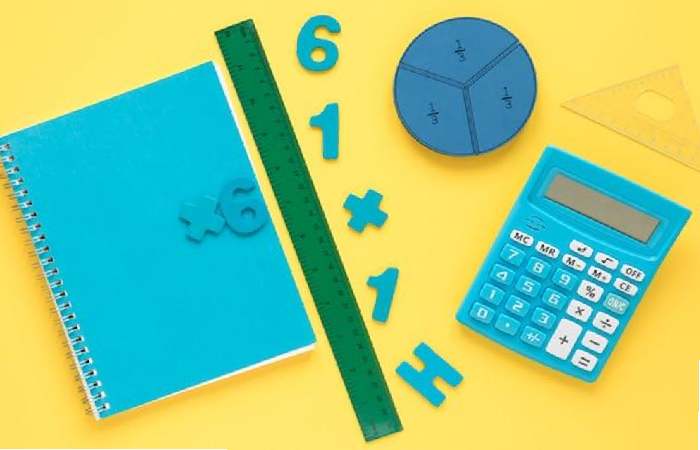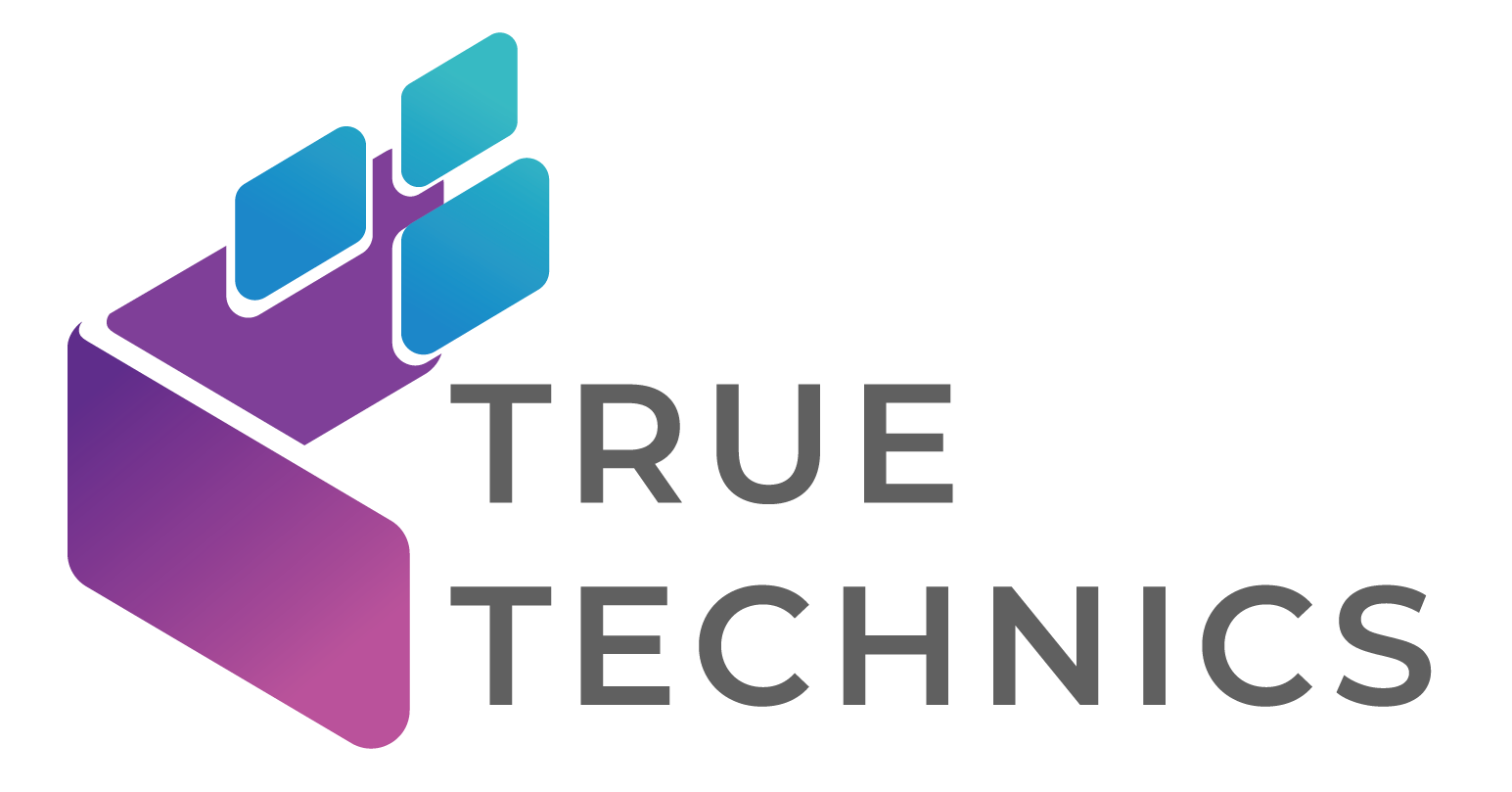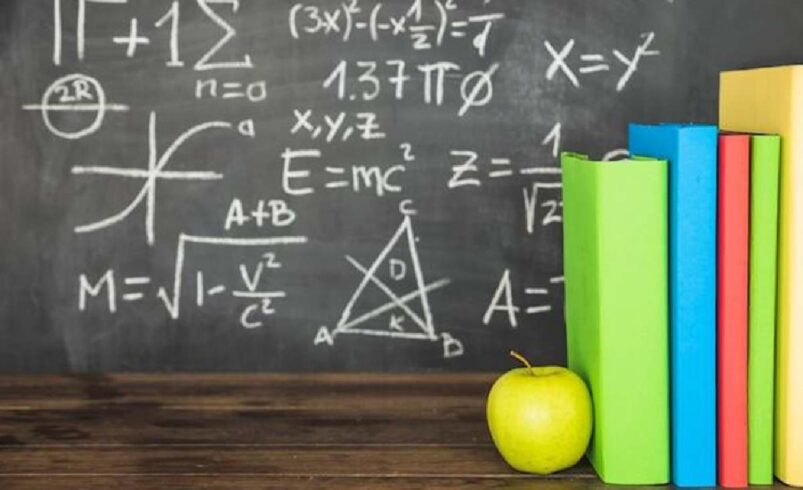In the past twenty years, math education has changed a lot. Gone are the days of rote memorization and endless drills.
Today, new teaching methods have come up. They help students build critical thinking and problem-solving skills. These skills are essential for navigating our changing world.
The classroom experience is being revolutionized through technology. Interactive software, online platforms, and educational apps are essential in modern education.
These resources make learning math fun. They also provide instant feedback, so students can quickly find and fix mistakes.
Beyond technological integration, novel pedagogical approaches are significantly influencing math education’s progression.
Techniques like flipped classrooms, project-based learning, and gamification are becoming popular. They make education more engaging and effective.
These methods encourage students to participate actively. This helps them understand math concepts and how to apply them in real life.
Technology in Math Classrooms
- Technology has transformed math classrooms into lively learning spaces. This change was hard to imagine just a generation ago.
- Tools like GeoGebra and Desmos have changed how students engage with math. They let students manipulate and visualize equations and shapes easily.
- This hands-on method makes tough concepts clearer. It also helps with retention and understanding.
- Platforms like Khan Academy make high-quality educational content available to everyone. You can learn from almost anywhere, anytime.
- In the realm of math education, mobile applications are proving to be groundbreaking.
- Apps like Photomath and Wolfram Alpha let users take a picture of math problems. They provide solutions with clear, step-by-step explanations.
- Such immediate feedback is crucial for understanding mistakes and refining problem-solving techniques.
- Technology also creates personalized teaching methods for various learning needs in the classroom.
- Adaptive learning software helps teachers create personalized learning experiences. This boosts student engagement and achievement.
- This personalized approach was once out of reach for traditional education. That shows why technology is essential in modern math teaching.
AI-Enhanced Personalized Learning
- Artificial intelligence (AI) and machine learning are altering the landscape of personalized education. AI tools analyze a student’s performance in real-time. They provide feedback and suggestions that match each student’s needs.
- Consider DreamBox Learning. It uses AI to change math problem difficulty based on each student’s growing skills.
- This keeps students engaged by balancing the challenge. It’s not too easy, which could bore them, and not too hard, which could frustrate them.
- Machine learning algorithms are great at spotting patterns in a student’s mistakes. This helps create targeted support for their areas of weakness.
- This kind of help was not possible with traditional teaching methods. They depended too much on teachers to watch and grade students. This made it hard to truly understand their performance.
- With AI, students get quick and accurate feedback. This boosts their learning effectiveness and efficiency.
- These smart tools also show teachers how each student learns and progresses. Teachers can adjust their methods using real data instead of just instincts.
- AI boosts teaching and enhances the student experience. It increases engagement and leads to better academic results.
Innovative Teaching Methods
- Gone are the days of the traditional, lecture-heavy math classes. Now, modern and interactive teaching methods are taking center stage. Take the flipped classroom model, for instance. Students watch instructional videos at home when they can. Then, they work on problems and projects in class.
- This method lets students learn at their own pace. It also prepares them for deeper discussions and teamwork in class. It allows teachers to provide personalized help and fix misunderstandings.
- Another forward-thinking strategy making waves is project-based learning. Students engage in real-world projects that require using math skills and concepts.
- This hands-on method shows how math is used in real life. It also helps students understand the subject better. It also helps develop important 21st-century skills. These include collaboration and critical thinking, gained through hands-on activities.
- Don’t forget gamification! Math learning becomes fun with game-like features such as points, badges, and leaderboards.
- Games like Prodigy and Mathletics make learning math exciting. They make regular practice fun by turning it into competitions. This helps students feel more confident and skilled in math.
The Power of Collaborative Learning
- Collaborative learning is quickly becoming an important method in math education. When students work together on problems and projects, they share knowledge. This helps them understand mathematical principles better.
- Online forums and discussion boards are lively spaces. Here, students can ask questions, share insights, and collaborate on solutions.
- This type of peer interaction creates a supportive community. It makes learning a more social and enjoyable experience.
- Group projects are a great way to promote teamwork in math education. Students work together on projects to combine their skills and knowledge. This helps them tackle complex challenges.
- This cooperative method does more than deepen their understanding of the subject. It also hones vital life skills including communication, teamwork, and problem-solving. These competencies are indispensable for thriving in both academic pursuits and professional endeavors.
- Peer-to-peer tutoring further amplifies the benefits of collaborative learning. Educators create a supportive environment by pairing learners for tutoring sessions. This way, students help each other master math concepts.
- This strategy helps both the learners and the tutors. It boosts the tutors’ understanding of the subject too.
- Collaborative learning is a powerful strategy. It greatly increases student engagement and success in math.
Real-World Applications
- Using real-world scenarios in math lessons is important. It makes math more relevant and practical. Teachers show students how math matters by linking theories to everyday issues. This makes math relevant to their lives.
- Students can use math to analyze data. They can create financial plans or solve problems in engineering, science, and technology. Such applications transform learning into an engaging and significant experience.
- Project-based learning offers a practical method to embed real-world applications within math education. Working on projects that use math helps students see how math fits into their daily lives.
- They might design models, perform experiments, or analyze data to address tangible problems. This hands-on experience helps them grasp the subject better. It also sharpens important skills like critical thinking and problem-solving.
- You can make math engaging by using real-life examples and case studies. These show how useful math is in different fields.
- Students can explore how math strategies are used in finance, healthcare, and technology. These fields tackle complex challenges and make smart decisions.
- These examples make lessons more relevant and increase student engagement. They show how math can be applied in many ways.
Cutting-Edge Tools in Math Education
- In the realm of math education, tools like the math formula sheet have become essential. These sheets are a quick guide to key formulas and concepts. They help students solve math problems more easily.
- With this resource at their disposal, learners can channel their efforts into grasping. And applying mathematical principles instead of burdening their memory with formula retention. This method not only sharpens problem-solving abilities but also alleviates stress and frustration.
- In time-pressured situations like standardized tests, the math formula sheet shines. It helps students quickly find and use important formulas.
- This quick reference tool saves time and reduces mistakes. It’s invaluable for exams and daily homework. It gives students a reliable way to check their work, ensuring accuracy.
- The math formula sheet is a key part of modern math education. It helps students succeed.
- Students’ learning experiences go beyond just the traditional formula sheet. Tools like graphing calculators and online calculators also enhance their understanding. These devices help students do complex calculations easily. They also make it simpler to see mathematical theories.
- These tools make learning more effective and much more engaging. Using these advanced resources in their study routines helps students understand math better. They also improve their problem-solving skills.
Challenges in Modern Math Education
- Despite significant strides forward, the landscape of math education still faces significant challenges. A primary hurdle is the uneven access to technology. Many students struggle with the digital divide. They often lack important devices and internet access.
- This gap limits their ability to fully engage with online courses and apps. As a result, it creates unequal learning opportunities and outcomes. We must create plans to ensure all students have the tech resources they need.
- Another pressing issue is teacher training. Teachers need solid training to use new technologies and teaching methods well.
- This needs ongoing training and support. It helps educators stay updated on new advancements and best practices.
- Without this foundation, teachers may find it hard to use these new tools effectively. This could lessen their positive impact on student learning.
- Moreover, curricular revisions are crucial to match the rapid evolution in math education.
- Traditional curricula often miss the mark. They don’t provide the skills needed for success in today’s fast-changing world.
- Regular reviews and updates are crucial. They help ensure that curricula stay relevant and meet current educational standards. By facing these challenges directly, we can create a better math education system. This will help students get ready for their future goals.

Insights from Successful Implementations
- Educational institutions using advanced technologies in their math programs share many best practices. These narratives underscore the significant effect on student engagement and learning.
- Take flipped classrooms, for instance, where students control their learning pace.
- While engaging more deeply with mathematical concepts through increased hands-on activities. This approach not only boosts participation but also enhances students’ comprehension.
- Likewise, incorporating project-based learning into math education has yielded positive outcomes. Students engage more when they see how math theories relate to everyday life.
- Working on projects that use math skills helps them understand better. It also prepares them for future studies and careers.
- Moreover, this method cultivates essential abilities like critical thinking, problem-solving, and teamwork.
- AI tools and personalized learning platforms help students perform better. They have received great feedback.
- These advanced tools provide tailored insights and suggestions. They make learning easier for students.
- While providing educators with detailed analyses of student progress.
- This data empowers teachers to tailor their instructional strategies effectively. The successful integration of these technologies underscores their potential to transform math education.
Looking Ahead
- Math education is on the brink of major changes. These shifts aim to better serve today’s and tomorrow’s students. Virtual and augmented reality will make learning more engaging. It brings lessons to life in exciting ways.
- Transforming abstract mathematical theories into tangible, interactive experiences. This boosts engagement and helps students understand better. They can see and work with complex ideas in real-time.
- There’s growing excitement about using blockchain to protect and simplify student records. Picture a system that perfectly logs achievements. It’s easy to access, but safe from tampering.
- This innovation could change how we manage and share credentials. It simplifies validating skills and knowledge. Also, it supports personalized educational paths based on individual interests and career goals.
- The trajectory of math education is undoubtedly veering towards an increasingly tech-integrated landscape.
- Embracing these technologies is key. We must also face their challenges. This approach helps us build a fair educational system. It should keep up with and even predict changes in society.
- As we continue on this path, the potential to reshape how we teach and learn math is boundless. Ushering in an era marked by both unprecedented opportunity and inspiring possibility.


